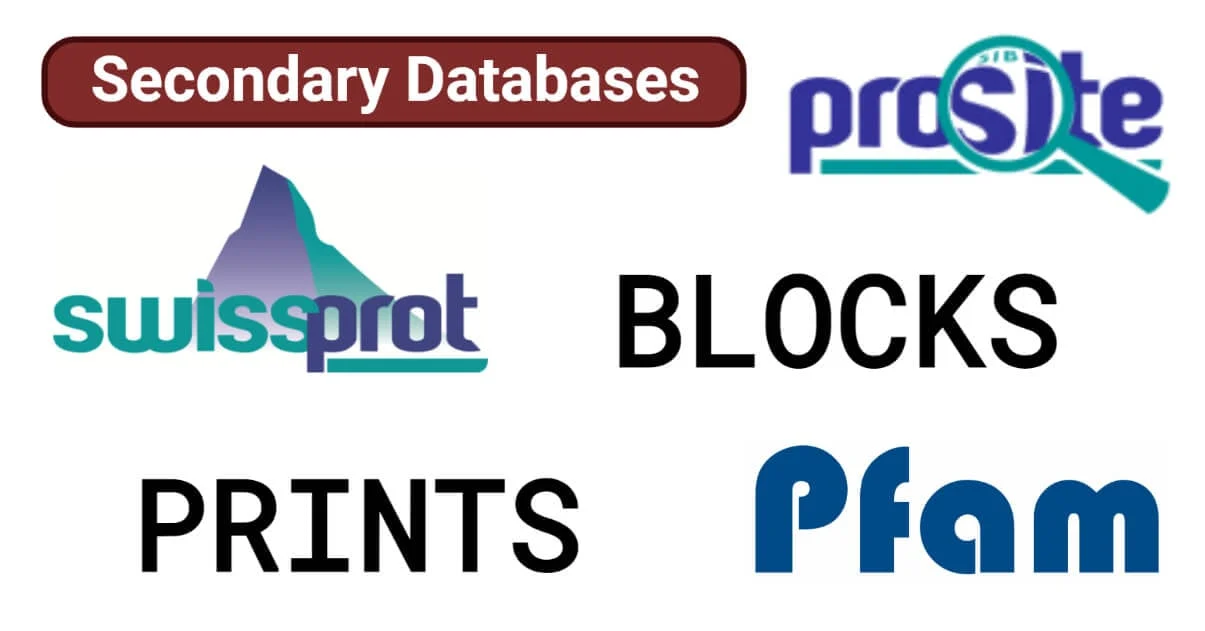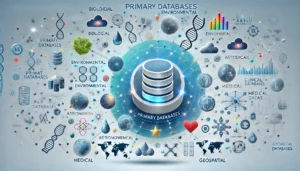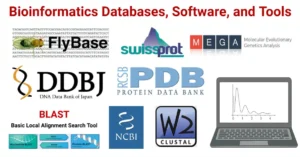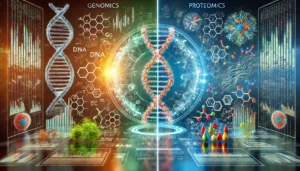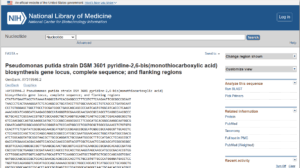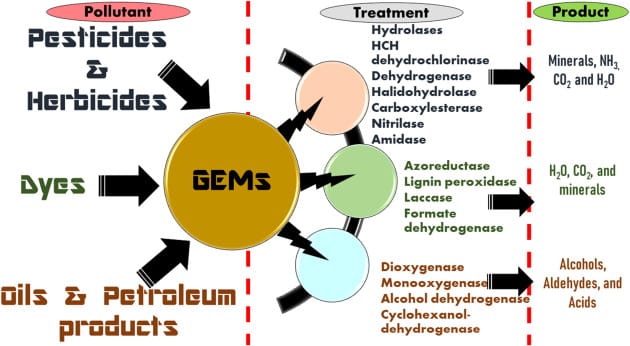In bioinformatics, secondary databases play a crucial role in organizing and storing the vast amounts of data generated through various biological research processes. These databases are categorized into primary and secondary databases, each serving a distinct purpose. While primary databases store raw experimental data (such as gene sequences or protein structures), secondary databases offer a more processed, refined, and annotated version of this data. Secondary databases are crucial for analyzing biological sequences, predicting their functions, and understanding their evolutionary relationships. In this article, we will explore the concept of secondary databases in bioinformatics, their types, and their importance in advancing biological research.
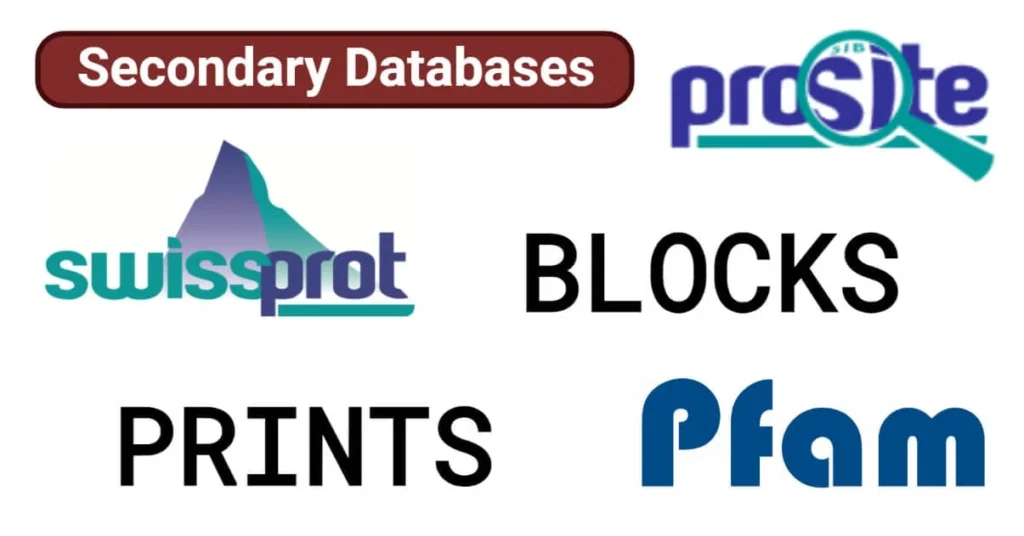
What Are Secondary Databases?
Secondary databases in bioinformatics contain curated, analyzed, and interpreted data derived from primary databases. While primary databases focus on storing raw sequence information such as nucleotide or protein sequences, secondary databases go a step further by providing functional annotations, structural insights, and contextual information that make the data more useful for researchers.
These databases often include additional data such as gene function, protein structure, and molecular pathways. Researchers use secondary databases to gain insights into the roles of specific genes or proteins, predict their functions, and understand their involvement in various biological processes.
Key Features of Secondary Databases
- Curated Data:
- Secondary databases are designed to offer well-organized, curated, and validated data. Data is carefully processed, checked for errors, and supplemented with annotations that help researchers interpret the raw sequences.
- Unlike primary databases, which store raw data, secondary databases add valuable metadata, such as gene functions, cellular localization, and interaction networks.
- Functional Annotations:
- One of the key features of secondary databases is the provision of functional annotations. These annotations provide insights into the biological roles of genes and proteins, their molecular functions, and their involvement in metabolic or signaling pathways.
- For example, secondary databases often provide information on the role of specific enzymes in metabolism or their impact on disease mechanisms.
- Structural Information:
- Secondary databases often contain detailed information about the structure of proteins, including their 3D conformation, domains, and binding sites. This is crucial for understanding how proteins function and interact with other molecules.
- Structural information is obtained through experimental methods such as X-ray crystallography, NMR spectroscopy, or computational predictions, and is often stored in databases like the Protein Data Bank (PDB).
- Homology and Evolutionary Data:
- Secondary databases also include data on homologous sequences, which are sequences that share a common ancestor. Homology data can help researchers identify functional similarities between proteins from different species, offering insights into evolutionary relationships and conserved functions.
- These databases often use sequence alignment algorithms to compare sequences and identify conserved regions that may be important for biological functions.
- Data Integration and Cross-Referencing:
- Many secondary databases integrate data from multiple sources and reference a wide array of biological databases. This integration provides a comprehensive view of biological information, enabling researchers to examine multiple aspects of genes, proteins, and pathways in one place.
Examples of Popular Secondary Databases
There are numerous secondary databases in bioinformatics, each specializing in a particular aspect of biological research. Below are some of the most widely used secondary databases:
- SWISS-PROT:
- SWISS-PROT is one of the most well-known protein sequence databases. It contains manually curated protein sequence data, along with functional annotations, structural information, and data on post-translational modifications.
- SWISS-PROT is constantly updated by expert curators who ensure that the annotations are accurate and comprehensive.
- PROSITE:
- PROSITE focuses on protein families, functional sites, and domains. It provides sequence patterns and profiles for protein sequences, which help in the identification and classification of proteins.
- PROSITE is widely used in functional annotation, as it can predict the function of unknown proteins by identifying conserved motifs.
- Pfam:
- Pfam is a database that focuses on protein families and domains. It contains a large collection of protein families represented by multiple sequence alignments and hidden Markov models (HMMs).
- Researchers use Pfam to explore protein domain structures and gain insights into protein function and evolution.
- PRINTS:
- PRINTS is a secondary database that uses protein family fingerprints to identify and classify proteins. It focuses on conserved motifs within protein sequences, which serve as “fingerprints” for family identification.
- PRINTS is particularly useful for protein classification and functional predictions based on sequence similarity.
- BLOCKS:
- BLOCKS is a database of ungapped multiple alignments of protein sequences, representing conserved regions of proteins. These conserved regions, or “blocks,” provide valuable information about protein function and evolution.
- BLOCKS is often used for sequence alignment and homology searches, helping to identify conserved protein domains across different species.
- KEGG (Kyoto Encyclopedia of Genes and Genomes):
- KEGG is a database that integrates information on biological pathways, diseases, drugs, and chemical substances. It is widely used for mapping metabolic pathways, understanding cellular processes, and exploring the relationships between genes and diseases.
- KEGG also provides data on the interactions between various biomolecules, making it a valuable tool for systems biology research.
- Reactome:
- Reactome is a database that focuses on biological pathways, offering detailed information about molecular pathways, interactions, and processes within human biology.
- It allows researchers to explore signaling pathways, metabolism, gene regulation, and other complex cellular processes.
Applications of Secondary Databases
Secondary databases have a wide range of applications in various fields of biological research. Some of the key uses include:
- Protein Function Prediction:
- Researchers use secondary databases to predict the functions of uncharacterized proteins. By comparing protein sequences with known families or functional domains, they can infer the potential roles of these proteins in cellular processes.
- This is particularly important for the functional annotation of newly discovered genes or proteins, which may have unknown functions.
- Structural Analysis:
- Secondary databases such as the Protein Data Bank (PDB) and Pfam provide valuable structural information about proteins, enabling researchers to predict the 3D structures of proteins and their interactions with ligands, other proteins, or DNA.
- Structural analysis is critical for understanding protein folding, protein-protein interactions, and the mechanisms of action of enzymes and other biomolecules.
- Evolutionary and Comparative Genomics:
- Secondary databases are invaluable for evolutionary studies, as they allow researchers to compare homologous sequences and study conserved motifs or domains across different species.
- These databases help in understanding the evolutionary history of genes and proteins, as well as identifying functional elements that are conserved over evolutionary time.
- Drug Discovery:
- Secondary databases that focus on protein structures, drug interactions, and metabolic pathways play a significant role in drug discovery. Researchers can use these databases to identify potential drug targets, predict drug-protein interactions, and understand the molecular mechanisms of drug action.
- Databases like KEGG and Reactome are particularly useful for understanding the relationship between genes, pathways, and diseases, which is essential for developing targeted therapies.
- Pathway Mapping:
- Secondary databases like KEGG and Reactome are essential for mapping and analyzing biological pathways. These databases allow researchers to visualize how genes, proteins, and metabolites interact within complex biological systems.
- Pathway mapping is crucial for understanding cellular processes, disease mechanisms, and the effects of drugs on cellular functions.
Conclusion
Secondary databases are an essential resource in bioinformatics, providing curated, annotated, and interpreted data that enhance the value of raw sequence data. By offering insights into protein function, structure, evolutionary relationships, and molecular pathways, these databases support a wide range of research applications, including drug discovery, systems biology, and evolutionary studies. With the continued growth of biological data and the advancement of computational techniques, secondary databases will remain indispensable tools for researchers seeking to decode the complexities of biological systems.
